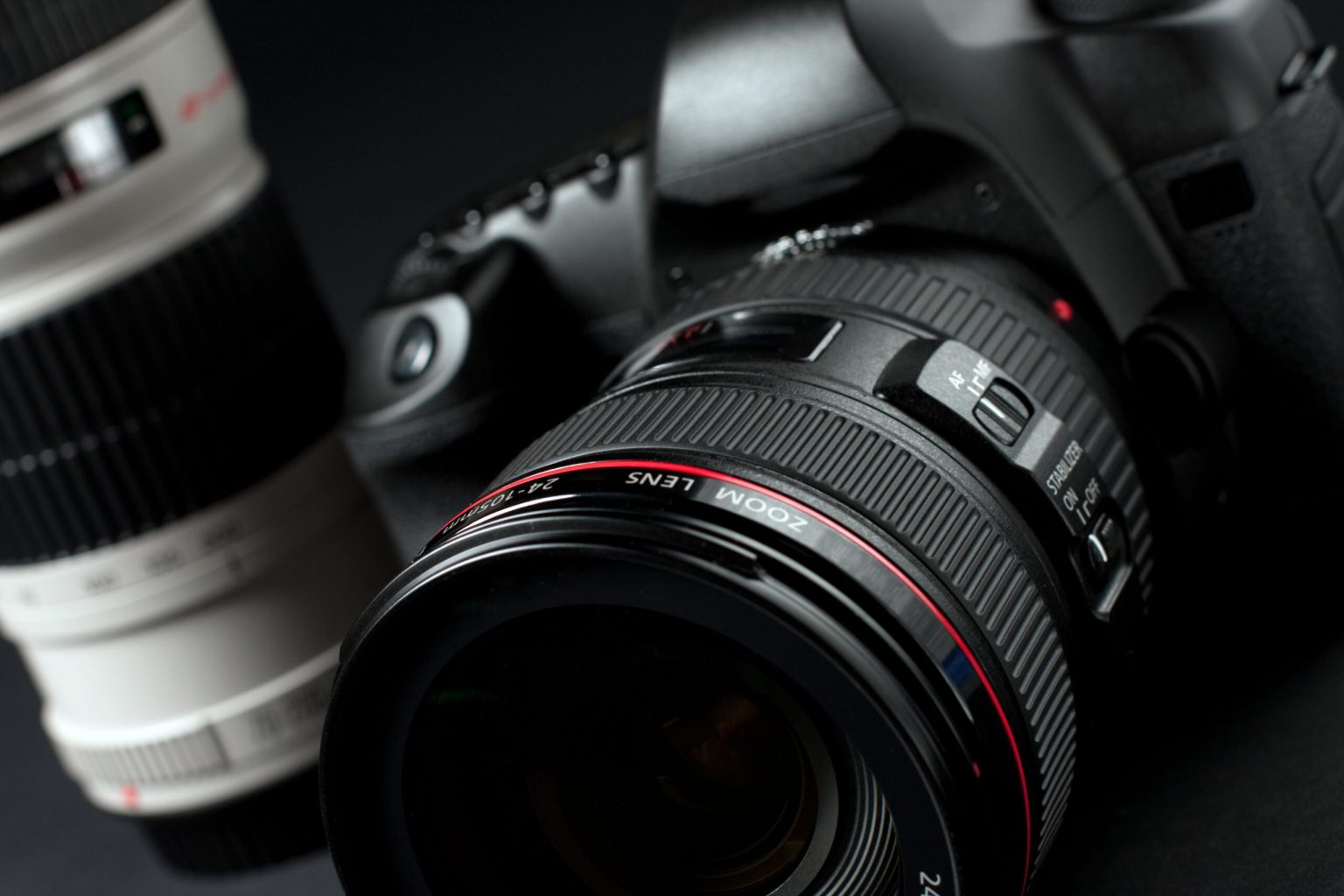
Exploring the world behind the lens: A Technological Revolution
The year 1839 is considered to be the time when photography truly was born in the modern world. Although there were many attempts at capturing images in time before, the metal-based daguerreotype process was the first one to capture details successfully. The world of photography and imaging has since then come a very long way. The large and bulky cameras which earlier required only experts to operate now sit around our jeans pockets. This revolution completely changed not just how the world is viewed, but also how the way everything is documented.
The 21st century is dominated by digital cameras and tiny lenses fitted to the backs and fronts of smartphones, which, despite their small size are capable of capturing far more details than even the best camera barely 50 years ago. Technology has advanced by leaps and bounds over the last decades.
Let us take a look at the beginning of the digital camera age, how far we have come in photo and video technology.
The Digital Camera
Invented in 1975 using nothing more than just a 32×32 MOS semiconductor image sensor, the camera captured and stored images in completely digital format. This time was dominated by colour film video and audio cameras which still depended largely upon dark rooms and hypo-solution based negatives to form an actual colourful image.
The CMOS & CCD
Many companies then began researching the technology and after the 90s pc revolution, the digital camera age formally began and the traditional film-based cameras eventually got replaced completely. Today, most digital cameras use either CCD or CMOS sensors. While there isn’t much difference in the output image quality, the CMOS technology is quite famous for being power efficient. As a result, most smartphone cameras today use CMOS sensors with back-side illumination.
Different Types of Digital Cameras
As technology keeps advancing, the requirement for specialised photography also increases. This has given rise to various types of digital cameras, each specialised in a different type of photography. Let us take a look at the most common of them all
Compact Cameras
These are what we called the digicams, or snapshot cameras. They are very portable and capture high-resolution images to store on a memory card for later retrieval. Most of them have a retractable lens and feature a high-resolution sensor. You can also view the photos you took on the LCD screen of the camera. These cameras have motor-powered lenses that can move back and forth so that the user can take zoomed photos for better clarity. Sony Cybershot series is one of the most famous compact camera product lines of the last decades.
Action Cameras
People with a sporting and an adventurous side use action cameras. These cameras don’t always have very high resolution, but are sturdy and can take stable photos and videos even when moving at high speeds. Most of these cameras can be attached to vehicles, helmets and other such places to offer hand-free and PoV videos. The GoPro is the most famous and globally sought after action camera.
The DSLR
DSLR stands for Digital Single-Lens Reflex camera. These are by far, the most popular camera type among professional photographers. DSLR cameras are known for their stunning picture quality and wide range of customization options which come in very handy. The DSLR comes with autofocus, an extremely handy feature that minimises the photographer’s efforts while taking pictures. The photos are also easily transferrable to a flash drive or to a PC. The reflex-mirror system also makes viewing exactly how your image will look before taking the image. SLR technology is now new though and existed in fil-based cameras as well. The addition of digital sensors has only made them even more powerful.
Future of Photography
AI technology is developing rapidly. The day is not far away when the AI in your smartphone will be able to recognise what exactly it is that you are trying to capture. While the auto-detect mode is now widely available in most phones, especially in Samsung and Apple smartphones, this technology is expected to advance even further in the coming decade.
3D Imaging is another upcoming field. Slightly different from the 3D movies and photos, a 3-D Image will be able to offer a highly immersive experience to the viewer. With VR technology gaining more and more ground, immersive photos will be able to show you an image or a collage which will make you feel as if you really standing at the scene where the image was taken.
360-degree imaging is already a reality. As we eventually develop highly capable 3-D screens (which would mostly be projectors that would create holographic images), the 360-degree cameras would then be able to take super-high-quality images and capture every last detail the human eye can discern.
World Photography Day
Photography is not only just an excellent form of art but is also a great demonstration of how engineering and technology progress over time. The time and effort put in by scientists to develop the technology is also something to be celebrated. To commemorate this great art form and the efforts put behind it, World Photography Day is celebrated by people all around the globe every August 19.
If you are an engineer or are planning to study engineering in the future, do take a look at MLR Institute of Technology, Secunderabad.

